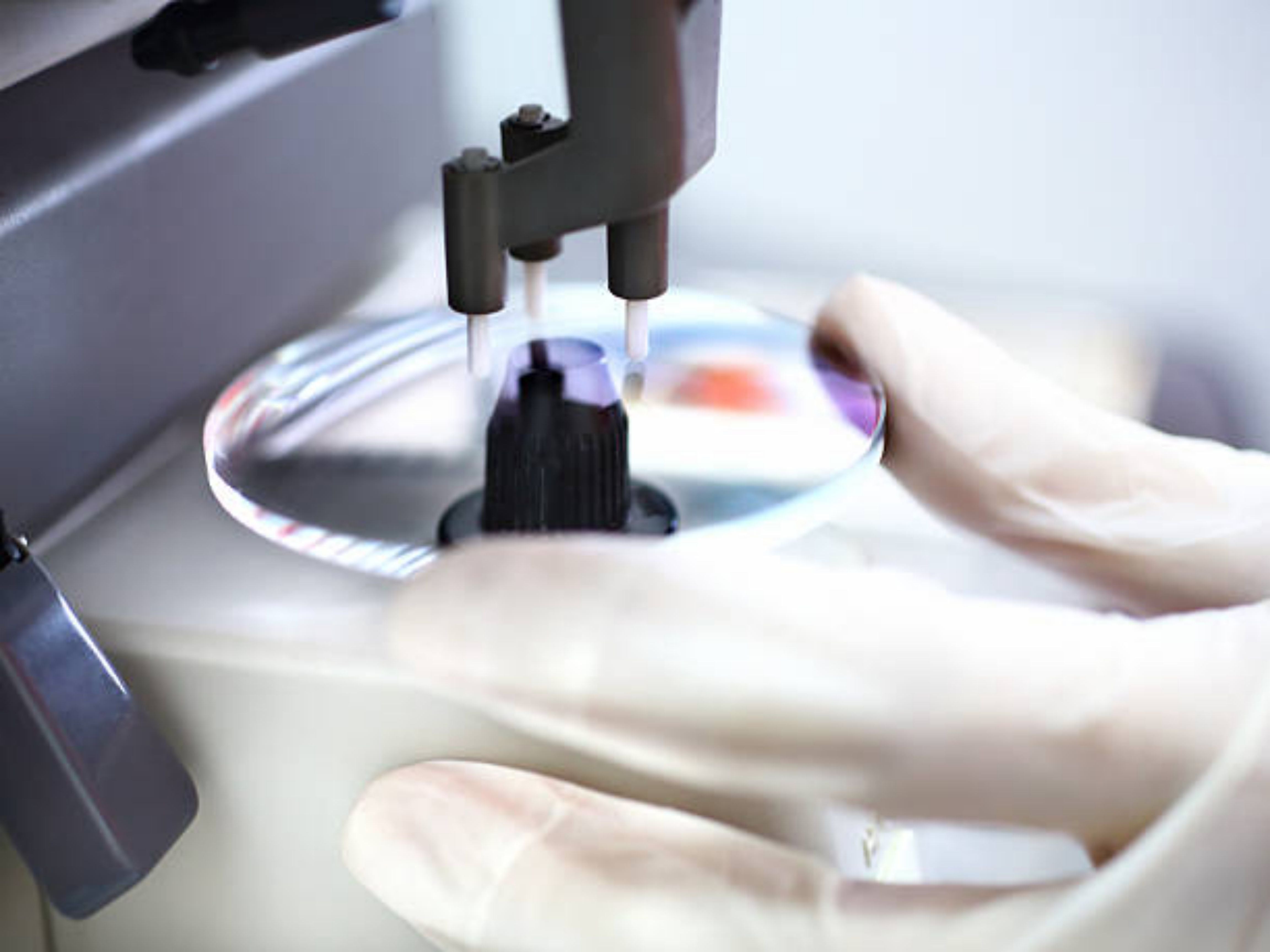1. High-power LED PC lens:
Optical grade material polycarbonate. Plastic materials have high production efficiency and are produced by injection molding and extrusion. The product has the advantages of light weight, anti-fall, low cost, etc., the light transmittance is slightly lower, and the transmittance is about 89% when the thickness is 3mm; at the same time, the temperature resistance of this material product is not too high, the temperature cannot exceed 110 °, and the thermal deformation temperature is 135 Spend. At present, this material is widely used in LED lenses that do not require high light transmittance.
2. High-power LED silicone lens:
Silica gel alias: Silica gel is a highly active adsorption material, which is an amorphous substance. Due to the high temperature resistance of silica gel (it can also be reflowed), it is usually used to directly encapsulate the LED chip. Generally, the volume of the silica gel lens is relatively large. Small, diameter 3-10mm. Since the larger the product volume, the higher the production cost, except for LED chip packaging, it is less used in other aspects.

3. High-power LED glass lens:
The main advantages of optical glass materials are that the light transmittance can be as high as 97%, and the temperature resistance is high; but it also faces the factors of single product shape, fragile, difficult to achieve mass production, low production efficiency, and high cost. Although very few domestic manufacturers have begun to develop glass molding processes, using molds to melt and cast glass lenses can produce lenses of various shapes and special surfaces. However, the price of such production equipment is currently high, and it is difficult to popularize in the short term. In addition, the shortcoming of the fragile glass material needs to be solved by research. Due to the high light transmittance and high cost of glass material lens, it is generally used in optical precision instruments.
4. High-power LED PMMA lens:
The chemical name is polymethyl methacrylate, commonly known as plexiglass. The material is an important plastic polymer material developed earlier, with good transparency and chemical stability. Plastic materials have the same characteristics as PC materials, easy to form, high production efficiency, light weight, anti-drop, and high light transmittance at a thickness of 3mm. The penetration rate is about 93%; the disadvantage is that the temperature cannot exceed 85 °, The heat distortion temperature is 92 degrees. Due to its good light transmittance, high mass production efficiency and low cost, the material is widely used in various optical lenses.
The above is the whole content of today. I believe that everyone has a certain understanding of the four common high-power LED lens materials. Thank you very much for your patient reading.
Xiangshun Optics (www.ledlensxs.com) has a dedicated optical design department, and has independently developed and designed a variety of lenses, including LED street light lenses, magnetic line light lenses, flashlight lenses, downlight lenses, cob holder, VR projection lens etc. Imported raw materials for optical grade, in line with environmental protection requirements, to meet the needs of offices, enterprises, roads, factories, homes and other occasions, if you want to know more about LED lenses, you can call the service hotline in the upper right corner to consult with us .
